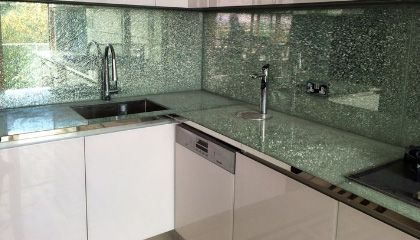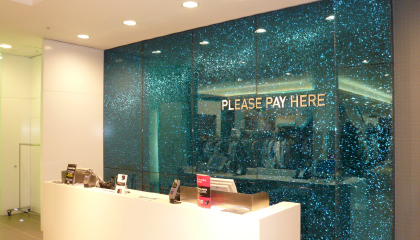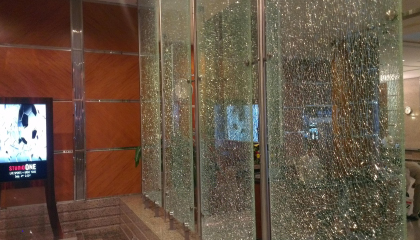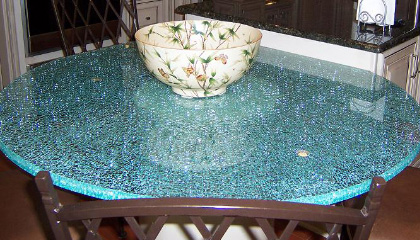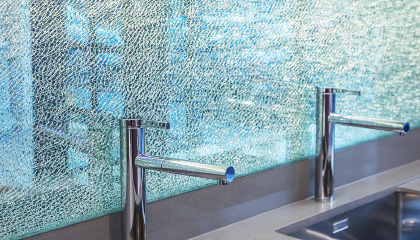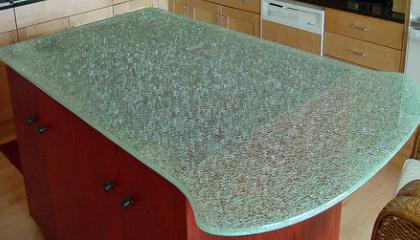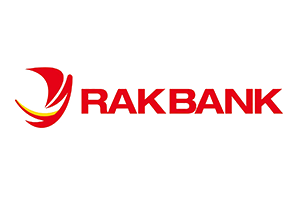Crackled Glass
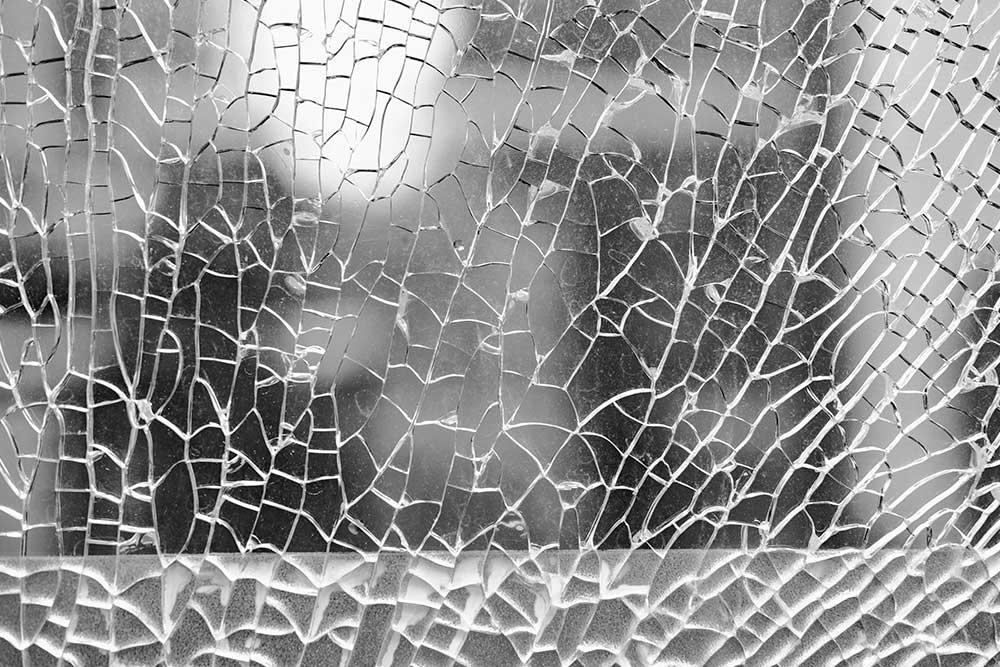
Add a unique touch of texture and character with crackled glass
Crackled glass is a type of decorative glass that has become increasingly popular in recent years. Its unique appearance is achieved through a specialized manufacturing process that involves creating controlled cracks and fissures within the glass surface. Let’s explore crackled glass, its manufacturing process, features, benefits, and applications.
Crackled glass is a type of decorative glass that has a distinct, textured appearance. It is created by taking a sheet of glass and applying a specialized coating or treatment that causes it to crack and develop fissures. The result is a glass panel that has a unique, organic look and feel, with cracks and fissures that resemble natural phenomena like ice or crystal.
The manufacturing process for crackled glass is complex and requires specialized equipment and expertise. The process begins with a sheet of glass that is thoroughly cleaned and dried to ensure that the coating will adhere properly. The coating is then applied in a controlled manner, using techniques such as spraying, rolling, or dipping. Once the coating is applied, the glass is heated to a high temperature, causing it to expand and contract rapidly, which creates cracks and fissures in the surface.
After the glass has cooled, it is carefully inspected to ensure that the cracks and fissures have developed properly and that the desired effect has been achieved. The glass is then cleaned, polished, and cut to the desired shape and size.
Crackled glass has a number of unique features and benefits that make it an attractive choice for designers and architects. One of the main advantages of crackled glass is its distinctive appearance, which can be used to create a variety of stunning decorative effects. The textured surface of the glass can be used to diffuse light, creating a soft, diffused glow that can be used to enhance the mood and atmosphere of a space.
In addition to its visual appeal, crackled glass also has practical benefits. The cracks and fissures in the glass can help to diffuse sound, making it an effective choice for spaces where noise reduction is important. It can also be used to provide privacy, while still allowing light to pass through.
Crackled glass is also durable and long-lasting, making it a practical choice for high-traffic areas or areas that are subject to wear and tear. It is resistant to scratches and chips, and can withstand exposure to heat and moisture without warping or fading.
Crackled glass can be used in a wide range of applications, both functional and decorative. It is often used in interior design to create unique and eye-catching features, such as room dividers, wall panels, or decorative windows. It can also be used in furniture design, such as tabletops, cabinets, or shelving.
In addition to its decorative applications, crackled glass can also be used in functional applications. For example, it can be used in shower enclosures or bathroom partitions to provide privacy while still allowing light to pass through. It can also be used in acoustic panels or sound-absorbing screens to help diffuse sound and reduce noise levels.
Crackled glass is a versatile and unique decorative glass option that offers a wide range of benefits and applications. Its textured appearance and diffused light make it an attractive choice for designers and architects looking to create stunning visual effects. Its durability and practical benefits also make it a practical choice for functional applications. Whether used in interior design or functional applications, crackled glass is sure to add a touch of elegance and sophistication to any space.


